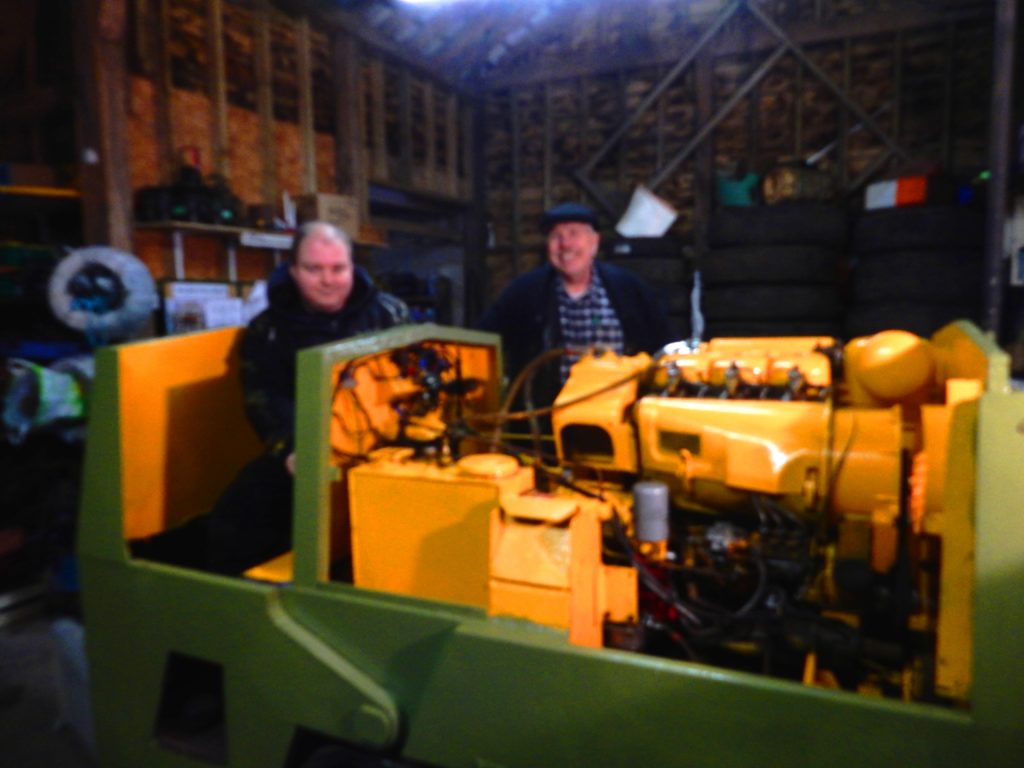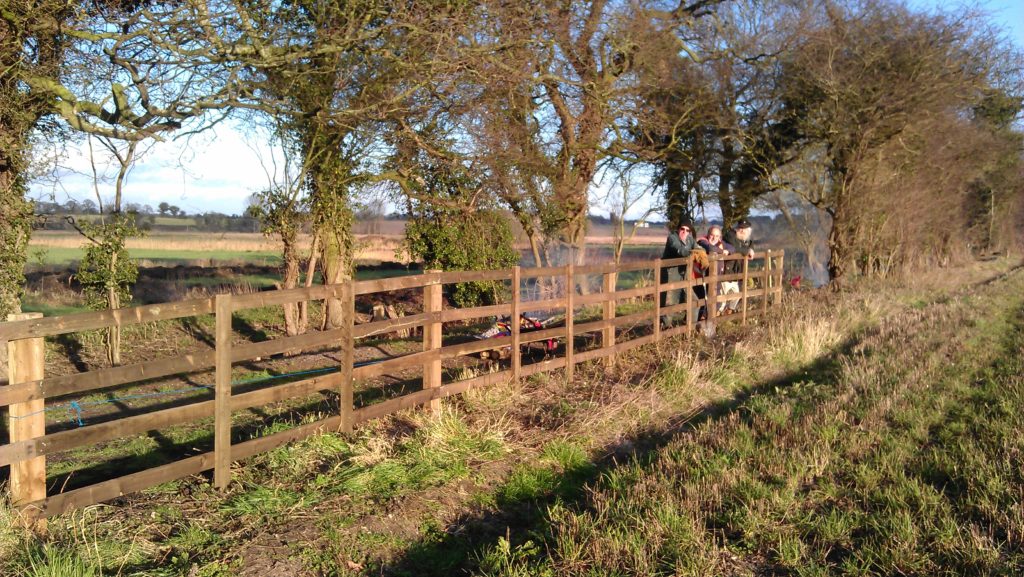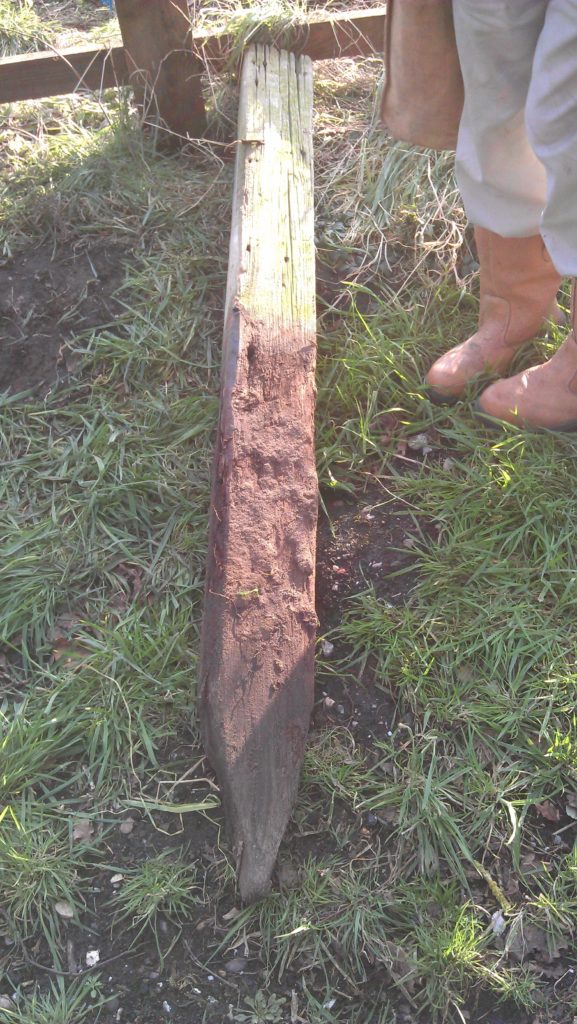
On Wednesday March 23rd, soon after hearing the news that the Inspector had turned down our Appeal at Wenhaston, Trust volunteers showed their support by turning out in large numbers: fourteen volunteers (and on a weekday!) is one of our largest teams. Volunteers wished to show the powers-that-be that SRT is not in any way intimidated by the constant put-downs from authority, and we are absolutely determined to restore the railway.
Having enjoyed the usual tea and coffee at Wenhaston Community Café (to whose success we must be heavily contributing), we split into six “teamettes” (yes, I know, but I didn’t invent that term – blame my old mentor and team leader at the Welsh Highland, Nigel) and departed in various directions. John and Ken (our specialists in electrics and diesel engines respectively) worked on Peter Nicholson’s Motor Rail loco: the engine is almost complete (still needing a few tweaks due to fuel leaks), has an audible warning device (a horn, to the uninitiated), starts with some difficulty, and runs very well. How they managed in the cold of Fort William with neither a pre-heater, nor a system that allows cranking for more than a couple of seconds, we cannot imagine! But all problems are solvable – it’s a nice, and very unusual, loco.

Dave, meanwhile, completed hanging and connecting the brakes onto Wagon 41, and made a good start on drilling the upper underframe M17 for the high-tensile M16 bolts that will join it to the lower part – not an easy job in the thick and high-quality metal (the Navy never usually skimping on steel). A few more holes drilled, and we can marry the four parts of the wagon – lower underframe (with W-irons, wheelsets, suspension, brakes), upper underframe (with coupling dragboxes), and the two new headstocks with integral gussets. I know it all sounds ridiculously complicated – but that’s inevitable when you re-gauge (outwards!), shorten, and increase in height a 1950s wagon – one which will have to cope with many tonnes of force in various directions.
John (another one) and James completed the main structure of the Blyth Valley Light Railway (7¼”) wagon, which arrived in several pieces (not really SRT work, but, as was said in the schedule, wth!). This wagon will be multifunctional, operating promiscuously as a flat (for rail panels, fence posts, tools, whatever), a well wagon open (for loose materials), and probably an occasional-use passenger/guard’s wagon (when thoroughly cleaned!).
On the trackbed itself, John’s (no – yet another one) team almost completed the enormous job of disposing of the last pile of brambles and dead trees produced by our neighbour from his ditching work. Toby (we only have one of those) sought out the old electric fence posts, and prepared them (by removing a nasty tangle of wire and fittings) for re-use as boundary markers (waste not, want not) – and he then cleared the course of our access roadway of bramble, and more tangled posts and barbed wire. This was so jungle-like, he discovered a gate which we didn’t know we had!

Chris’s team did four-and-a-half fence panels, including a very awkward post in an old rabbit warren, leaving only eighteen to do to complete the gap to the driftway crossing fencing already done, with about the same number of panels at the east end. The team proudly offered James (whose obsession with original artefacts is legendary) some unearthed 1879 fence rails, of which at least four inches of length is actually usable (one does sense a certain irony here).
All in all, a very satisfying day – if we were not so civilised, we might be considered to be cocking a snook at the “railway-haters” – and perhaps we were.
